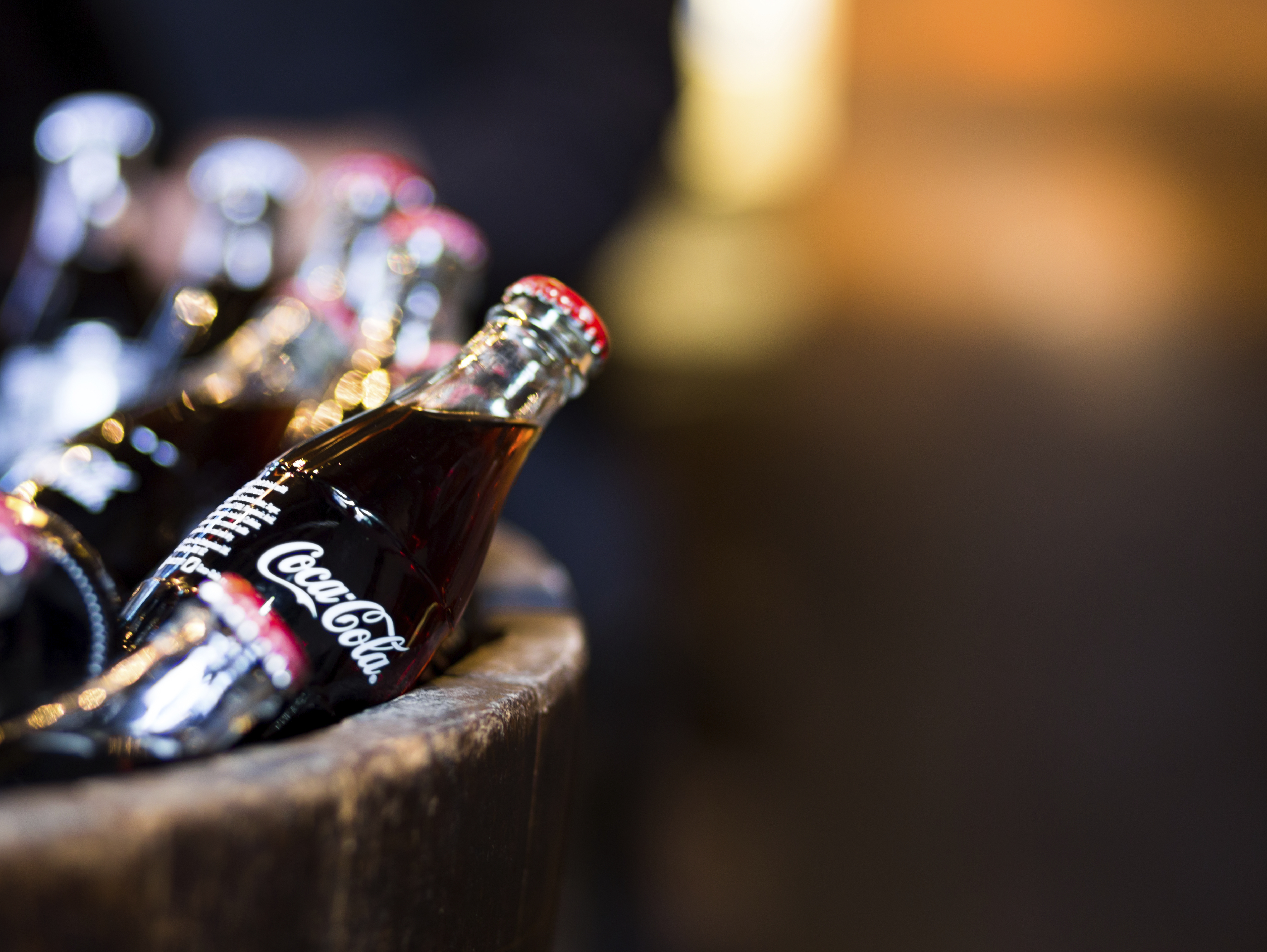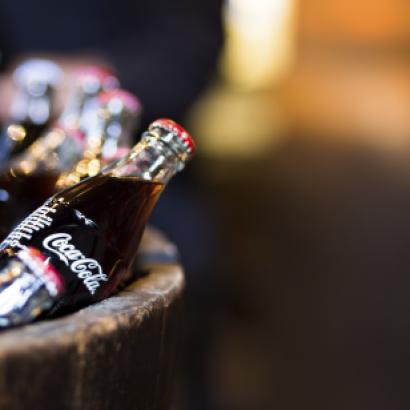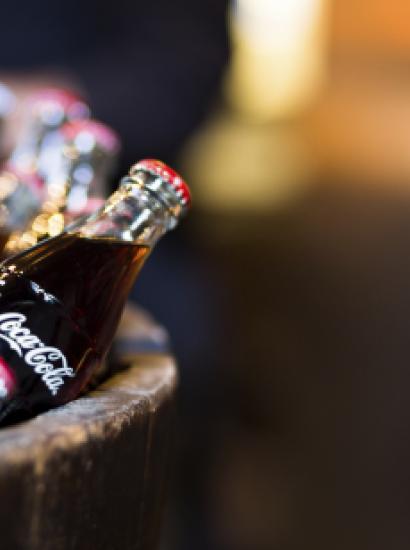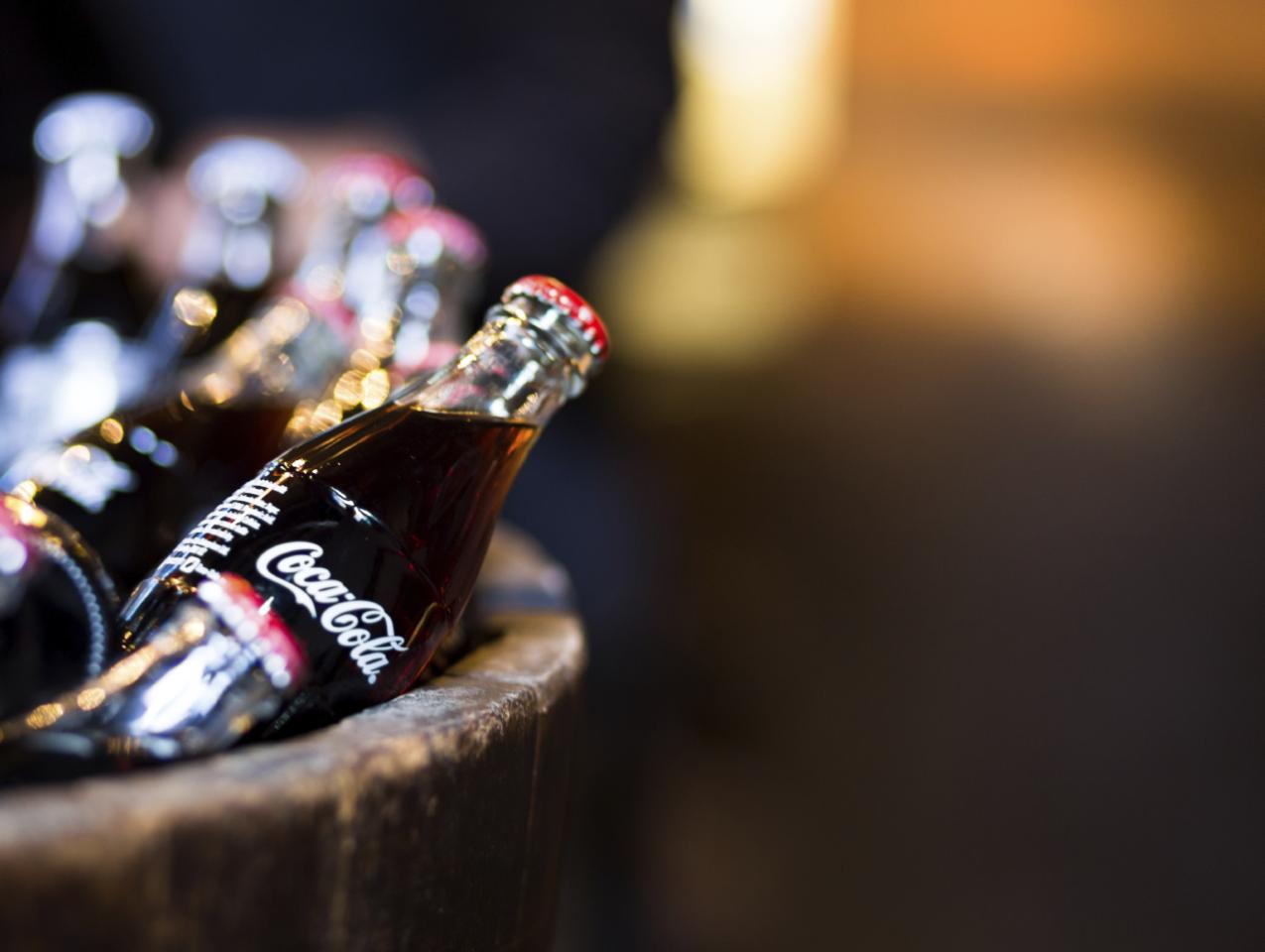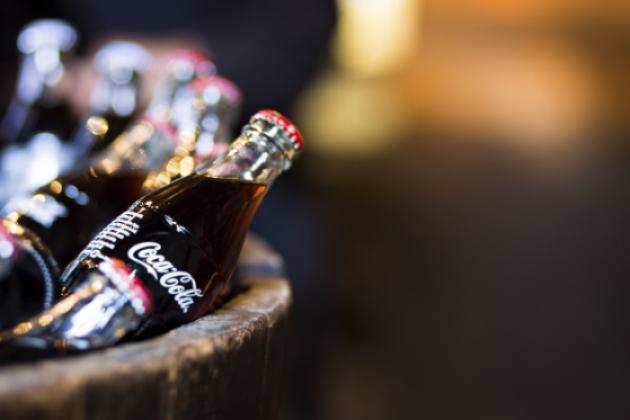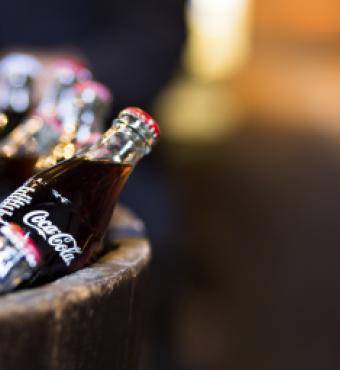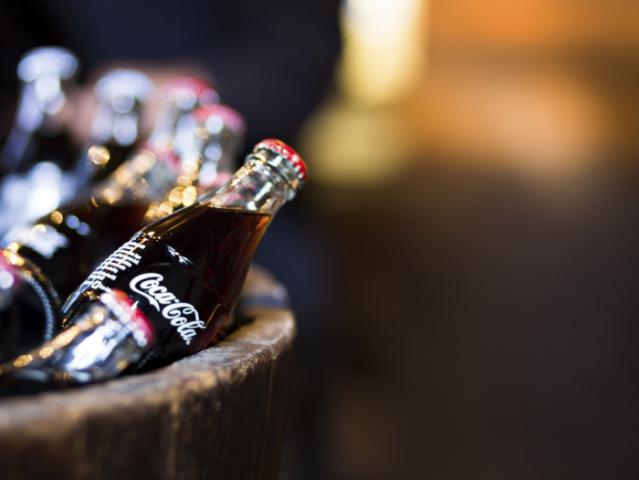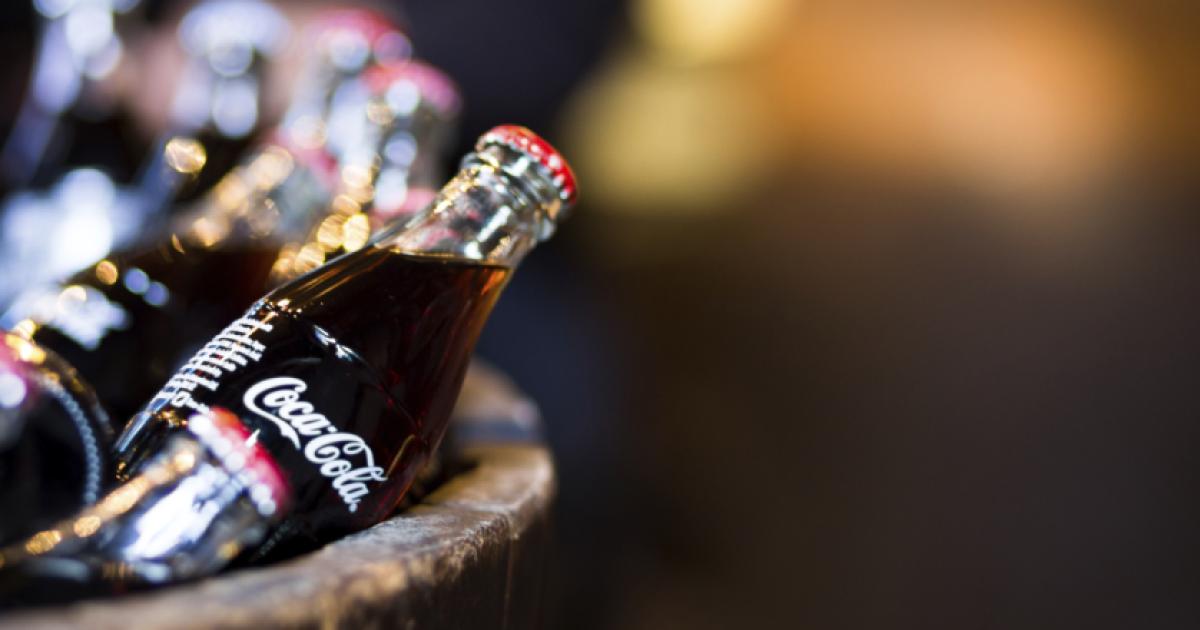- Economics
- US Labor Market
- Law & Policy
- Civil Rights & Race
It is a commonplace of modern rhetoric to exalt diversity and inclusion as a first step toward racial justice. The standard account, widely accepted in political and business circles, insists their combined benefits are unambiguous: a firm’s performance will improve if its employees, suppliers, and customers are composed of individuals from all races, genders, sexual orientations, and general points of view. These diverse persons are not intended as mere tokens but are respected for offering their distinct and valuable perspectives on vital matters critical to corporate and national welfare.
As an abstract matter, it is hard to oppose an employment strategy that generates higher revenues and superior innovation. But once we get down to brass tacks, the overall picture is far more complex. The massive coercion involved in implementing diversity norms was recently revealed by Coca-Cola, which has gone all in on diversity and inclusion for its more than 700,000 employees: “We champion diversity by building a workforce as diverse as the consumers we serve. Because the more perspectives we have, the better decisions we make.”
It would, however, be a mistake to assume that Coke thinks that it has made good on its key promise. In January, Coke’s new African-American general counsel, Bradley Gayton, laid down this broadside, “Commitment to Diversity, Belonging, and Outside Counsel Diversity,” in which he describes what he perceives to be the abject failure of prior efforts to reach requisite levels of diversity and inclusion at Coke and in the legal profession more broadly. Without a link to a source or statistic, Gayton lashes into the legal profession for being “too quick to celebrate stagnant progress and reward intentions.” Gayton demands specific actions to meet the “crisis on our hands” engendered by a lack of diversity.
Gayton’s overuse of the term “crisis” is par for the course in an age rife with hyperbole and virtue signaling. However, Gayton does not diagnose the origins and impacts of this “crisis,” but instead treats it as a self-evident truth. He does not claim that any firm engages in active discrimination to avoid hiring black people and other minorities into high positions within legal firms. Nor does he pinpoint any failures that either Coke or its outside counsel have committed in the performance of their professional duties. Gayton does not even attempt to explain why previous widespread, well-intentioned, and vigorous efforts to combat this purported crisis have crashed with a thud. Instead, he prescribes stiff medicine—strict legal quotas for outside counsel backed by heavy reporting requirements and financial penalties—and assumes that his preferred treatment will achieve results that lesser efforts did not, while avoiding deleterious consequences such as driving away outside firms, raising legal fees, or negotiating special waivers.
But as a matter of principle, he is wrong on both ends and means. To the former, his major undefended premise is that “[o]ur legal profession needs to be representative of the population that it serves.” That is the wrong test. The ultimate sign of a good company is that principles of management that maximize firm profits are adopted at every level. It would be foolish to dismiss this idea as conservative propaganda associated with Milton Friedman’s famous 1970 New York Times article. In fact, by championing higher sales and greater levels of innovation as a result of diversity and inclusion, the new civil rights movement adopts, if only by implication, Friedman’s ends as its own.
Yet there’s nothing to suggest that an ideal workforce must mirror the general population, even though it should be, as Friedman insisted, attentive to the needs of its full range of customers to reach its chosen ends. What we need is a workplace where all relevant viewpoints are fully aired, which won’t happen if Gayton’s dogmatic diversity program silences all dissenting voices. No firm can succeed if its key executives establish a comprehensive set of imperatives that admit of no exceptions.
Furthermore, why is it that all previous efforts to expand the pool of qualified black and minority employees have failed? Gayton does not ask that question, let alone take a hard look at the supply-side constraints that his ambitious program must overcome. As Ed Whelan points out in his National Review critique of Gayton’s decrees, about 5.9 percent of lawyers are African-American, while roughly 13 percent of the United States population is black. Moreover, that 5.9 percent number doesn’t represent the fraction of United States lawyers who have chosen to work for the roster of elite firms that Coca-Cola retains.
These firms do not hire from the general run of American lawyers. Their lawyers are typically involved in technical work dealing with cross-border transactions, mergers and acquisitions, complex tax reorganizations, and banking, antitrust, and securities law, all of which require highly specialized skills. It’s worth remembering that 13.3 percent of law school applicants are black but only 6.3 percent are enrolled at the thirty elite laws schools. Additionally, this 6.3 percent has been obtained only with extensive outreach and affirmative action programs, which as UCLA law professor Richard Sander has long argued, may actually hurt the students whom they are intended to help, by forcing them to compete in an environment where they cannot excel.
At this point, Gayton’s diversity targets boggle the mind: for what he oddly terms each new “KO” (i.e., Coke) matter, at least 30 percent of the work must go to diverse attorneys, half of whom must be black. That number is about 15 percent higher than the total percentage of blacks in the general population, and probably four or five times the number of black lawyers at elite firms. Next, Gayton wants to ratchet up these percentages over time so that the firm’s “ultimate aspiration” is for one-half of the legal work to be done by diverse attorneys, half of whom are black. He offers no explanation as to how he derived these targets.
Gayton implicitly assumes that untapped populations of diverse and black lawyers will be available to hire, without any reduction in workplace performance. But at this juncture, who bears the burden of proof? It is one thing for Gayton to claim a form of phantom discrimination. It is quite another for him to identify by name an overlooked group of qualified black applicants, indeed even one, who could bring suit under the Supreme Court’s standard for disparate treatment in McDonnell Douglas Corp. v. Green (1973). In this context, I am willing to define the term “qualified” broadly, so that the overlooked applicant counts against my claim if his or her qualifications are stronger than the weakest white or Asian employee in the relevant cohort.
When that demonstration fails, does Gayton’s test meet the requirements of Title VII of the Civil Rights Act, which makes it illegal to discriminate against “any individual . . . because of such individual’s race. . . .”? Title VII’s colorblind language was qualified in United Steelworkers v. Weber (1979). Even so, a law firm’s series of failed affirmative action programs does not constitute past discrimination—i.e., an effect to exclude minority hires—under Title VII.
At this point, if Gayton is indeed seeking to remedy actions prohibited by the Civil Rights Act, his program looks like an unambiguous admission that Coke is in breach of its Title VII obligations. Not that anyone in government cares. It seems certain that the Biden administration will not wade into these turbulent waters that even the Trump administration largely avoided. Moreover, private suits by disappointed applicants, in place of government enforcement of Title VII, are unlikely to be brought because any such plaintiff would be marked unemployable by the host of firms that follow Coke’s general policy.
It is also worth asking whether a shareholder could succeed with a derivative legal action that held that the adoption of Coke’s decision to hire weaker minority workers was a breach of its fiduciary duty. In the traditional business climate, where profit maximization was the goal, a reverse discrimination lawsuit might have had a chance. But not in today’s heated environment where stakeholder, rather than shareholder, equity is the dominant trope. Note that the current Republican rearguard objections to Nasdaq’s unwise listing standards mandating diversity are also likely to fail, for a program far less demanding than Coke’s. Corporate America, whose politics now run a deep blue, will prevail under a Biden administration. So, today’s skeptics are reduced to a self-help remedy: drink Pepsi.







